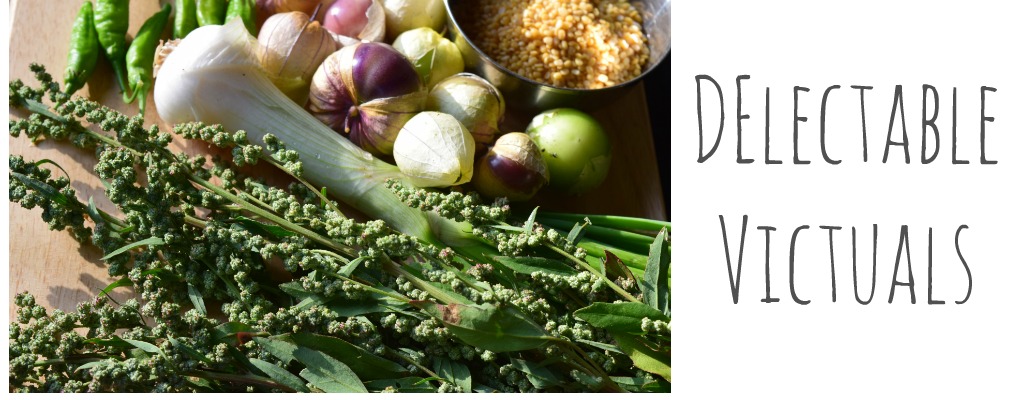Home-made Baechu Kimchi
Ordinarily, I can't quite handle the kimchi bought from stores. It is too pungent and unappetizing for me. However, now that we've hit upon a simple recipe to make kimchi at home, I am beginning to relish it quite a bit.
 Mom gave us this wonderful book for Christmas and we've been trying out recipes from it: Wild Fermentation by Sandor Ellix Katz.
Mom gave us this wonderful book for Christmas and we've been trying out recipes from it: Wild Fermentation by Sandor Ellix Katz.There are some simple suggestions in this book to make food nutritious and earthy, as well as tasty, via wild fermentation. I was quite thrilled to see idlee and dosai batter fermentation recipes mentioned in this book.
And, this recipe for baechu kimchi (made with Napa cabbage) comes from this book, Wild Fermentation, with some tweaks.
I use medium-sized tall crock to make this, and I can insert a container filled with water to weigh down the vegetables while still letting air in and keeping the dust out.
Ingredients:
1 head Napa cabbage
1 large carrot
1 bunch Spring Onions
3-4 cloves of garlic, crushed
1-2 Tbsp fresh grated ginger
3-4 dry red chilies
¼ cup salt
1 quart water
Preparation:
- Remove the outer leaves of the Napa cabbage(save for stir-fry perhaps), and roughly chop it; julienne the carrot or cut it into sticks of desired proportions; cut the spring onions as well
- Dissolve the salt in water to make the brine and soak the vegetables in it overnight
- Drain and reserve the brine the next day; rinse out the veggies; add crushed garlic, ginger and red chilies, refill the reserved brine making sure there is enough to cover the vegetables
- Weight down the veggies a bit with some suitable apparatus that covers it sufficiently to keep out dust, but leaves it open enough for fermentation
- Allow to ferment for a week at least - the liquid gets a bit cloudy after a week and the flavor seeps into the veggies well enough to start enjoying the wonderful, home-made baechu kimchi
Labels: asian, cabbage, condiment, kimchi, korean, sides, vegetarian









